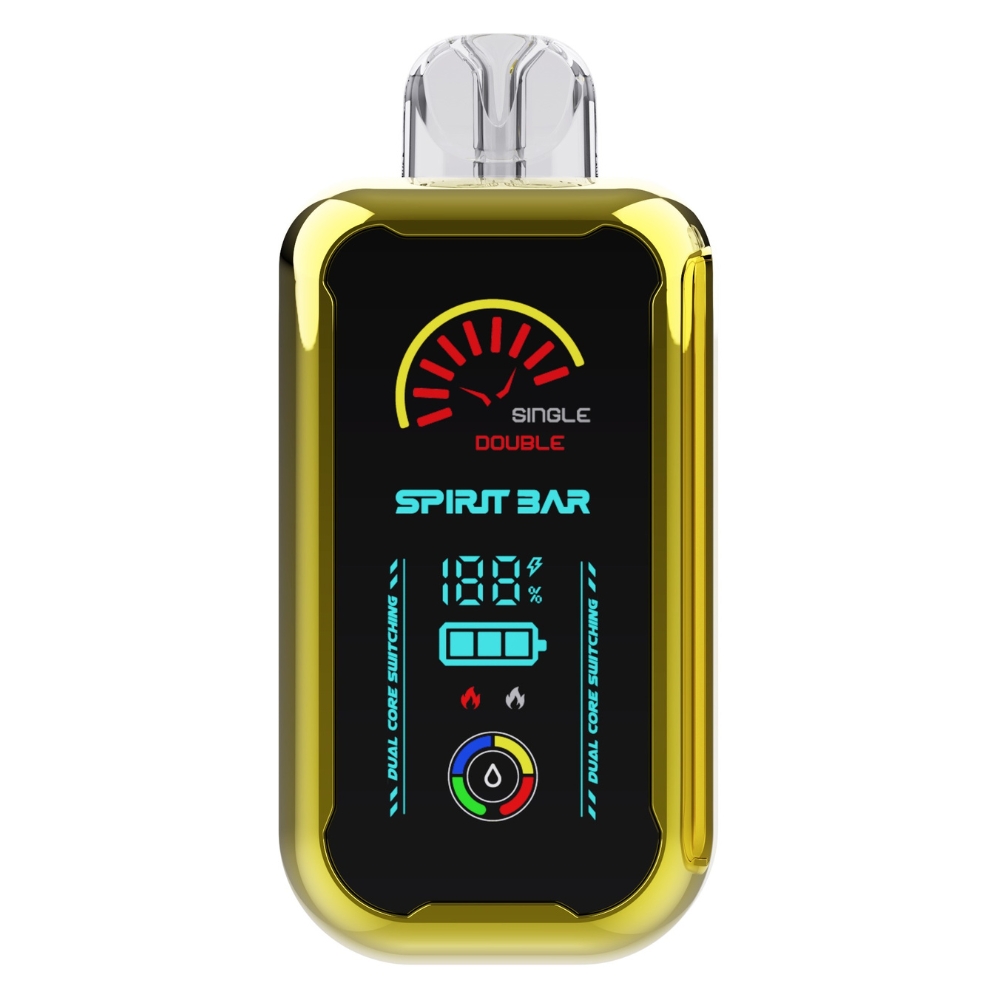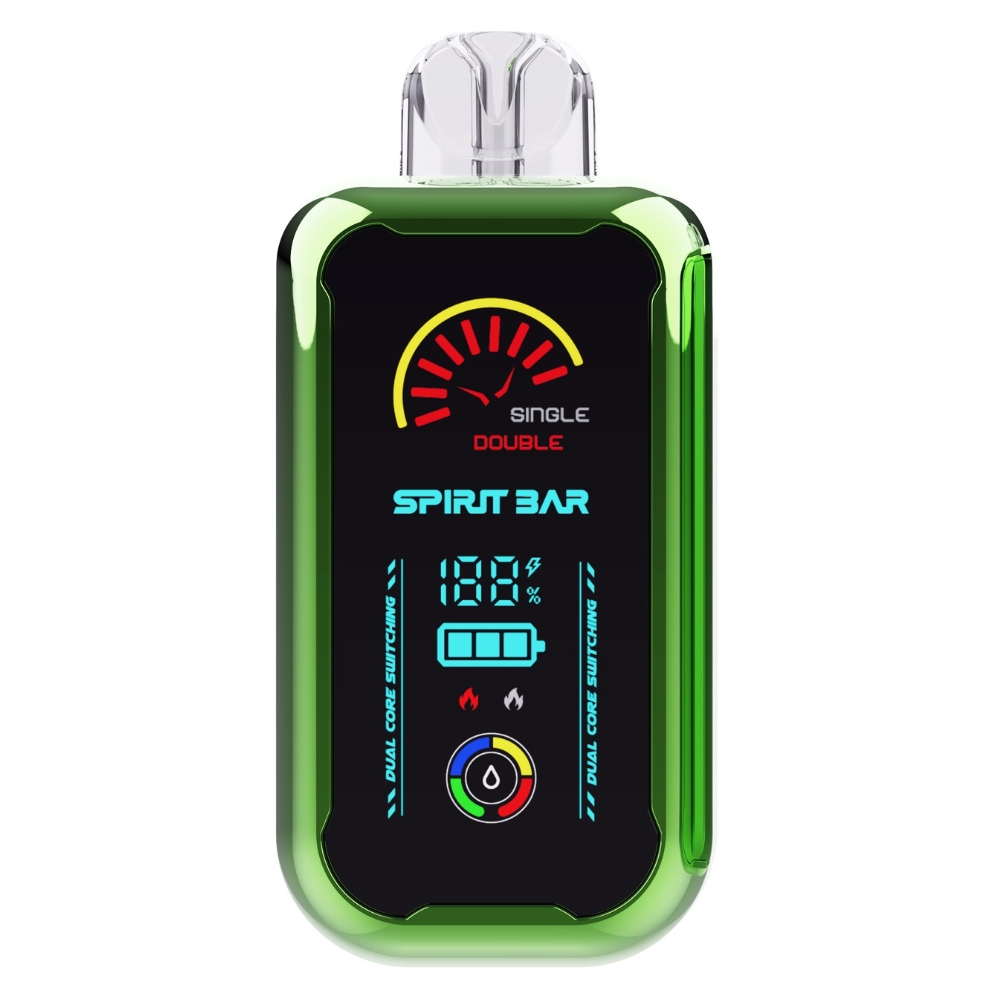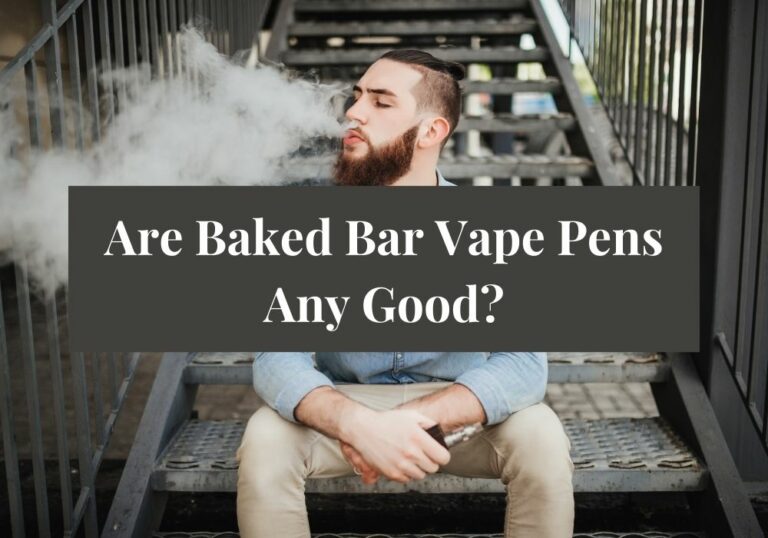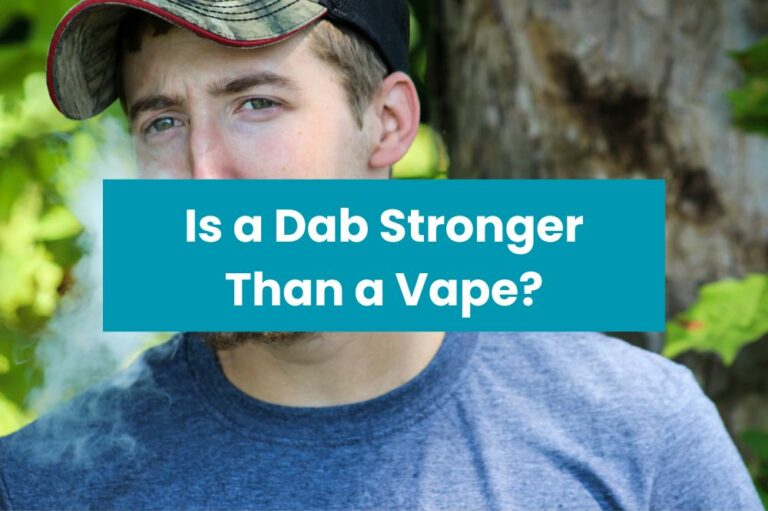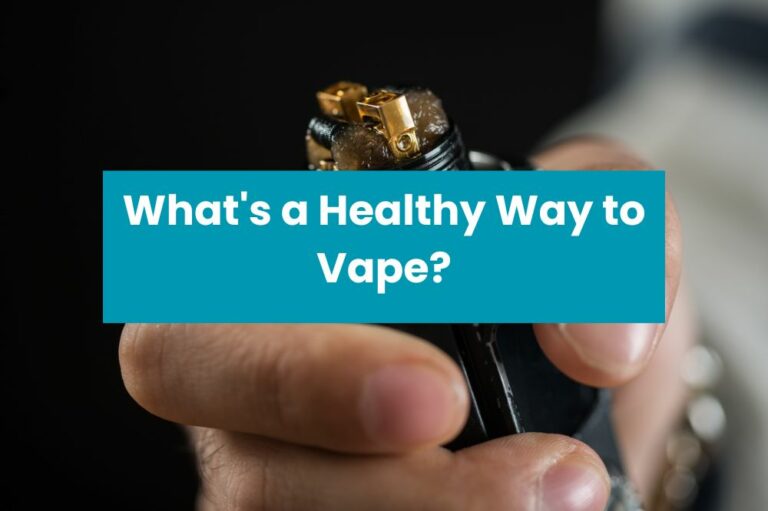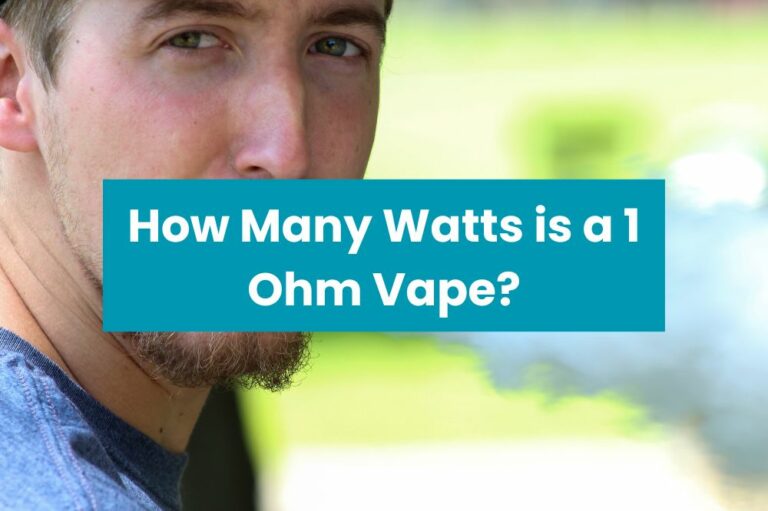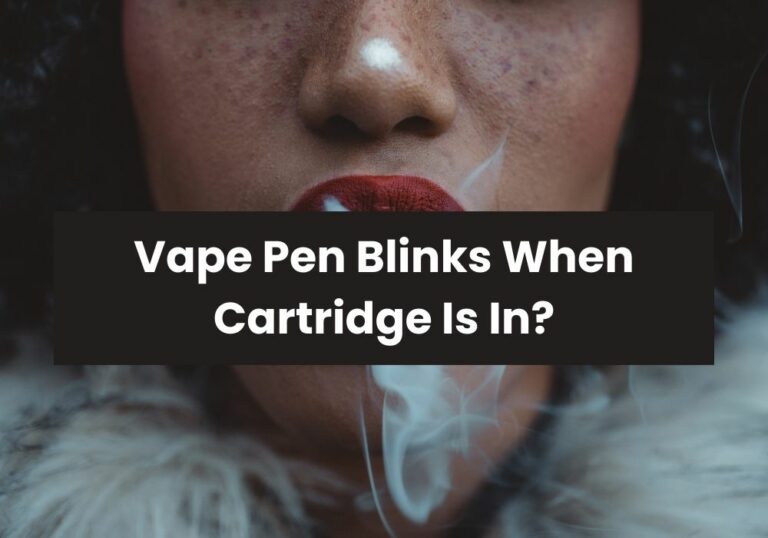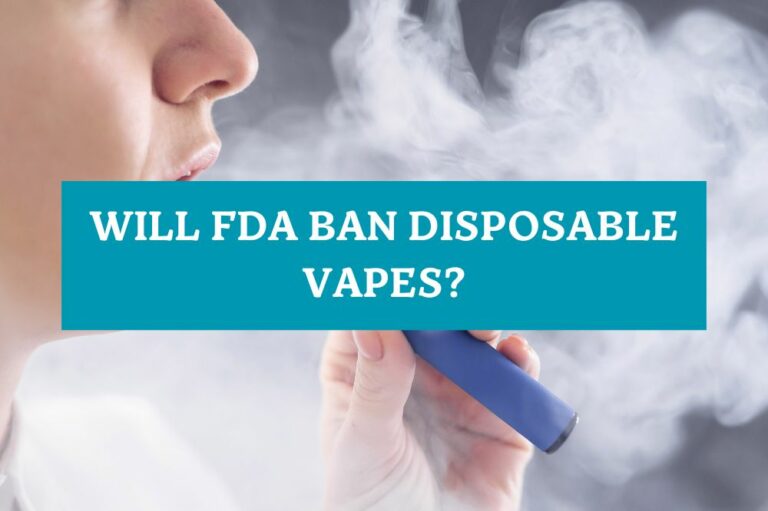Is Vaping Not Just Water Vapor?
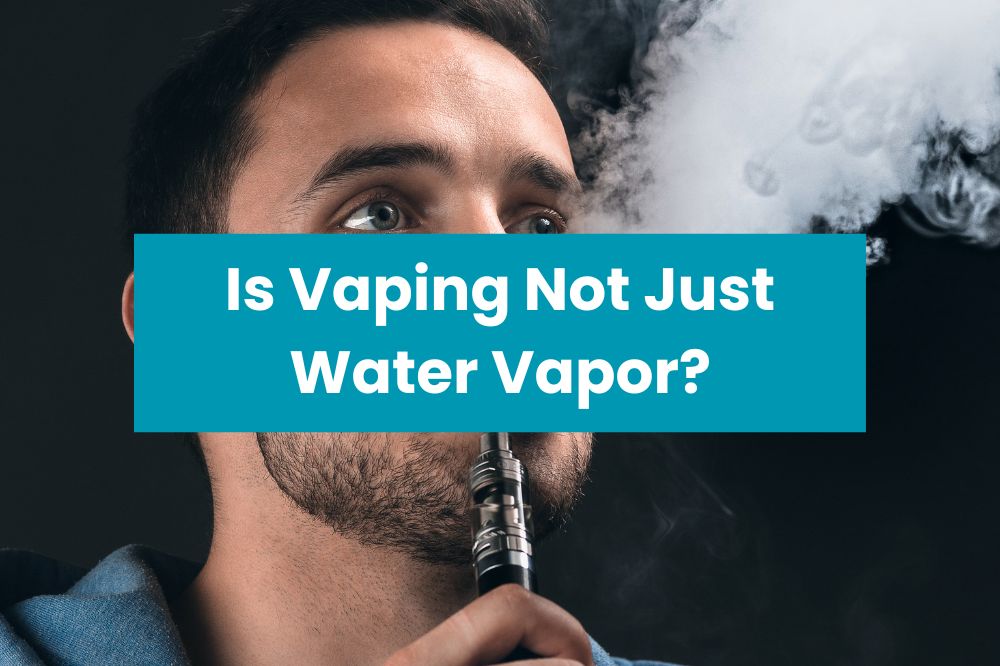
Are you curious about e-cigarettes and whether they are just harmless water vapor? Many people believe that vaping is a safe alternative to smoking, but the truth is more complicated than that. While e-cigarettes generally emit fewer toxins than combustible tobacco products, they are not just emitting water vapor. In fact, e-cigarette aerosol contains particles of nicotine, flavoring, and other substances suspended in air.
According to a recent report from the U.S Surgeon General, e-cigarette aerosol is not harmless water vapor. Many teens think vaping isn’t that harmful and that e-cigarettes just contain water vapor, but that isn’t the case. It’s important to understand the risks associated with vaping and the potential harm it can cause to your health. In this article, we will explore the truth behind the myth that vaping is just harmless water vapor and provide you with the facts you need to make an informed decision about whether or not to vape.
Understanding Vaping
If you’re curious about vaping, it’s important to understand what it is and how it works. Here are a few things to keep in mind:
What is Vaping?
Vaping is the act of inhaling and exhaling an aerosol, often referred to as vapor, produced by an e-cigarette or similar device. The term “vaping” comes from the fact that e-cigarettes do not produce smoke like traditional cigarettes. Instead, they produce an aerosol that is often mistaken for water vapor.
Components of a Vape
A typical vaping device consists of a battery, a heating element, and a cartridge or tank that holds the e-liquid. When you inhale from the mouthpiece, the heating element vaporizes the e-liquid, creating an aerosol that you inhale into your lungs.
The e-liquid, also known as vape juice, typically contains nicotine, flavorings, and other chemicals. While some e-liquids are marketed as containing only harmless ingredients, this is not always the case. In fact, many e-liquids contain chemicals that can be harmful when inhaled.
It’s important to note that vaping is not a safe alternative to smoking. While it may be less harmful than smoking, it still carries risks. It’s also important to remember that vaping is not just water vapor. The aerosol produced by e-cigarettes contains a variety of chemicals, some of which can be harmful to your health.
Is Vaping Just Water Vapor?
If you are wondering whether vaping is just water vapor, the answer is no. Vaping involves inhaling an aerosol produced by heating liquid in a device. This aerosol, also known as vapor, contains particles of nicotine, flavorings, and other substances suspended in air. In contrast, water vapor is the gaseous state of water, which is produced by boiling or evaporating water.
Vape Juice Ingredients
The liquid used in vaping devices, also known as vape juice or e-juice, contains various ingredients. These ingredients can include nicotine, propylene glycol, vegetable glycerin, and flavorings. While some of these ingredients are considered safe for consumption, inhaling them in the form of an aerosol can have harmful effects on your health. For example, nicotine is an addictive substance that can cause various health problems, including heart disease and lung cancer.
Vaping Vs. Water Vapor
Vaping produces an aerosol that contains harmful substances, while water vapor is just gaseous water. Water vapor is not harmful to inhale, but the same cannot be said for the aerosol produced by vaping devices. The aerosol from vaping devices can contain harmful chemicals, including formaldehyde and benzene, which are known to cause cancer. Inhaling these chemicals can also cause respiratory problems, such as coughing and wheezing.
In conclusion, vaping is not just water vapor. It involves inhaling an aerosol that contains harmful substances, including nicotine and other chemicals. While some people believe that vaping is a safer alternative to smoking, it is important to understand that vaping can still have harmful effects on your health. If you are trying to quit smoking, there are other methods that are proven to be effective, such as nicotine replacement therapy and counseling.
Health Risks of Vaping
If you are considering vaping as a safer alternative to smoking, you should know that vaping is not just water vapor and can have serious health risks. Here are some of the short-term and long-term effects of vaping:
Short Term Effects
- Irritation of the throat and mouth: The aerosol produced by e-cigarettes can cause irritation to your throat and mouth. You may experience coughing, dry mouth, and sore throat.
- Headaches and dizziness: Vaping can cause headaches and dizziness due to the nicotine content in e-cigarettes.
- Increased heart rate: Nicotine can increase your heart rate, which can lead to an increased risk of heart attack or stroke.
- Nausea and vomiting: Some people may experience nausea and vomiting after vaping due to the nicotine content.
Long Term Effects
- Lung damage: Vaping can cause lung damage due to the inhalation of harmful chemicals. The aerosol produced by e-cigarettes contains small particles of nicotine, metal, and other harmful substances that can damage your lungs.
- Chronic obstructive pulmonary disease (COPD): Observational data suggests that vaping can cause an inflammatory response in the lungs and over time can lead to COPD, emphysema, and lung disease.
- Addiction: E-cigarettes can be just as addictive as traditional cigarettes due to the nicotine content. Nicotine is a highly addictive substance that causes you to crave a smoke and suffer withdrawal symptoms if you ignore the craving.
In conclusion, vaping is not just water vapor and can have serious health risks. If you are considering vaping as a safer alternative to smoking, you should be aware of the short-term and long-term effects of vaping.
Vaping and Public Perception
When it comes to vaping, there are many myths and misconceptions that can affect public perception. In this section, we’ll explore some of the most common misconceptions about vaping and how they can impact the way people view this popular activity.
Myths and Misconceptions
One of the most common myths about vaping is that it’s just water vapor. In reality, the aerosol produced by e-cigarettes can contain harmful substances like nicotine, heavy metals, and other chemicals. This misconception can be dangerous because it can lead people to believe that vaping is safer than smoking when in fact it can still be harmful to your health.
Another misconception is that vaping is odorless. While e-cigarettes don’t produce the same strong odor as traditional cigarettes, they can still produce a noticeable scent. This can be a concern for people who are sensitive to smells or who want to avoid being around secondhand vapor.
Vaping in the Media
The way vaping is portrayed in the media can also impact public perception. Some media outlets have portrayed vaping as a harmless activity, while others have focused on the potential risks and dangers. This can make it difficult for people to know what to believe and how to make informed decisions about whether or not to try vaping.
It’s important to remember that vaping is a relatively new activity, and there is still much that we don’t know about its long-term effects on health. While some studies have suggested that vaping can be less harmful than smoking, others have raised concerns about the potential risks of e-cigarette use. As with any activity that involves inhaling substances into your lungs, it’s important to be aware of the potential risks and to make informed decisions about your health.
Regulations and Laws on Vaping
If you’re a vaper, it’s important to stay up-to-date on the regulations and laws surrounding vaping. Here are some things you should know:
Current Laws
As of October 2023, the legal age to purchase vaping products is 21 in all states. It’s also illegal to sell vaping products to minors, and many states have banned vaping in public places like bars and restaurants. Some states have even banned flavored e-liquids, citing concerns that they appeal to minors.
In addition, the FDA has regulations in place that require manufacturers to submit their products for approval before they can be sold. This has resulted in many small vaping companies going out of business, as they can’t afford the cost of submitting their products for approval.
Future Legislation
In the future, we can expect to see even more legislation surrounding vaping. Some states are considering banning all vaping products outright, while others are looking at ways to tax vaping products in an effort to discourage use.
The FDA is also expected to continue to tighten regulations on vaping products, which could make it even harder for small companies to stay in business. Some experts predict that we could see a consolidation in the vaping industry, with larger companies buying up smaller ones in an effort to stay competitive.
Overall, it’s important to stay informed about the regulations and laws surrounding vaping. By doing so, you can ensure that you’re always in compliance with the law and that you’re doing your part to keep yourself and others safe.

